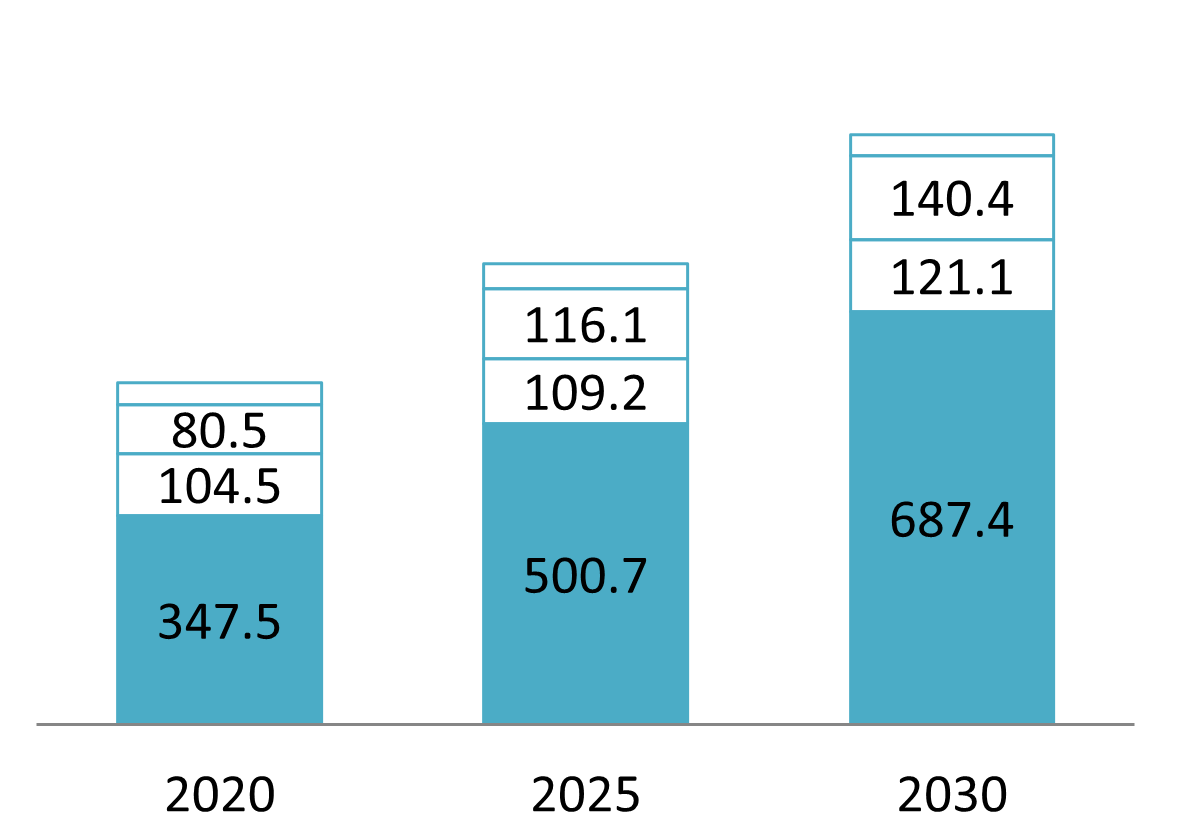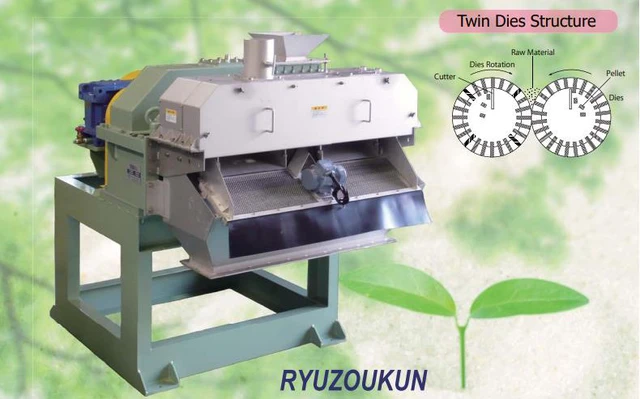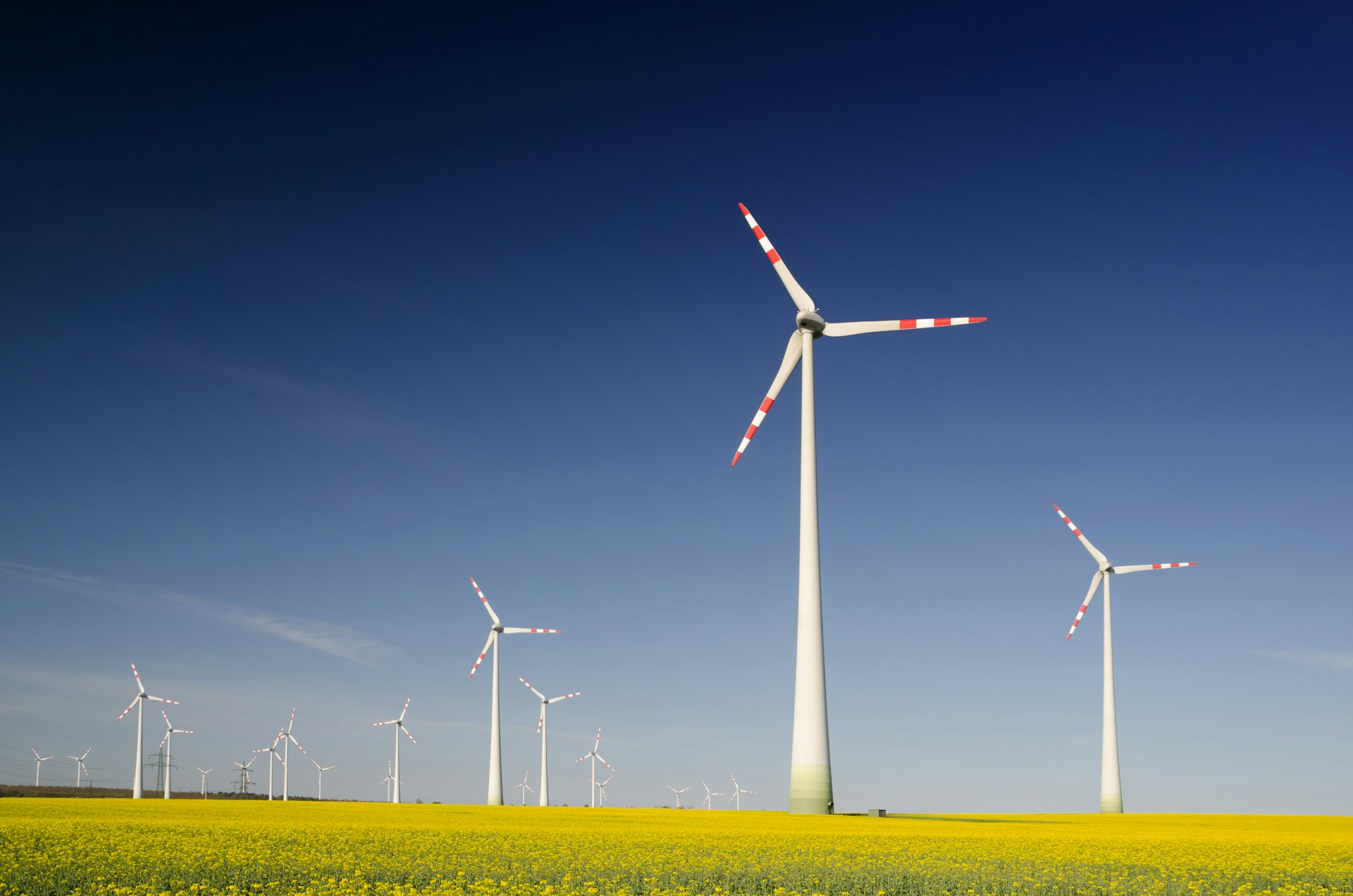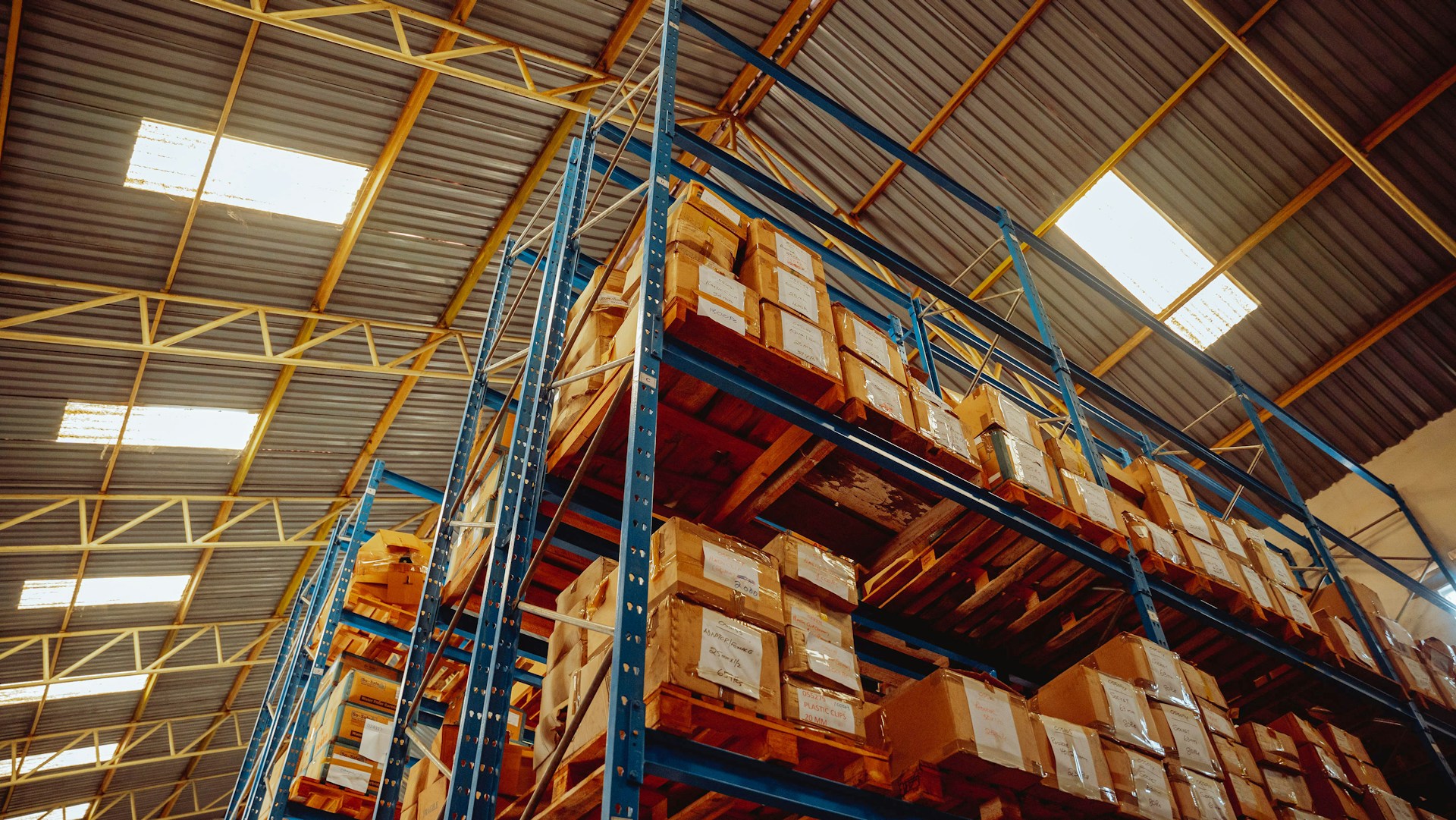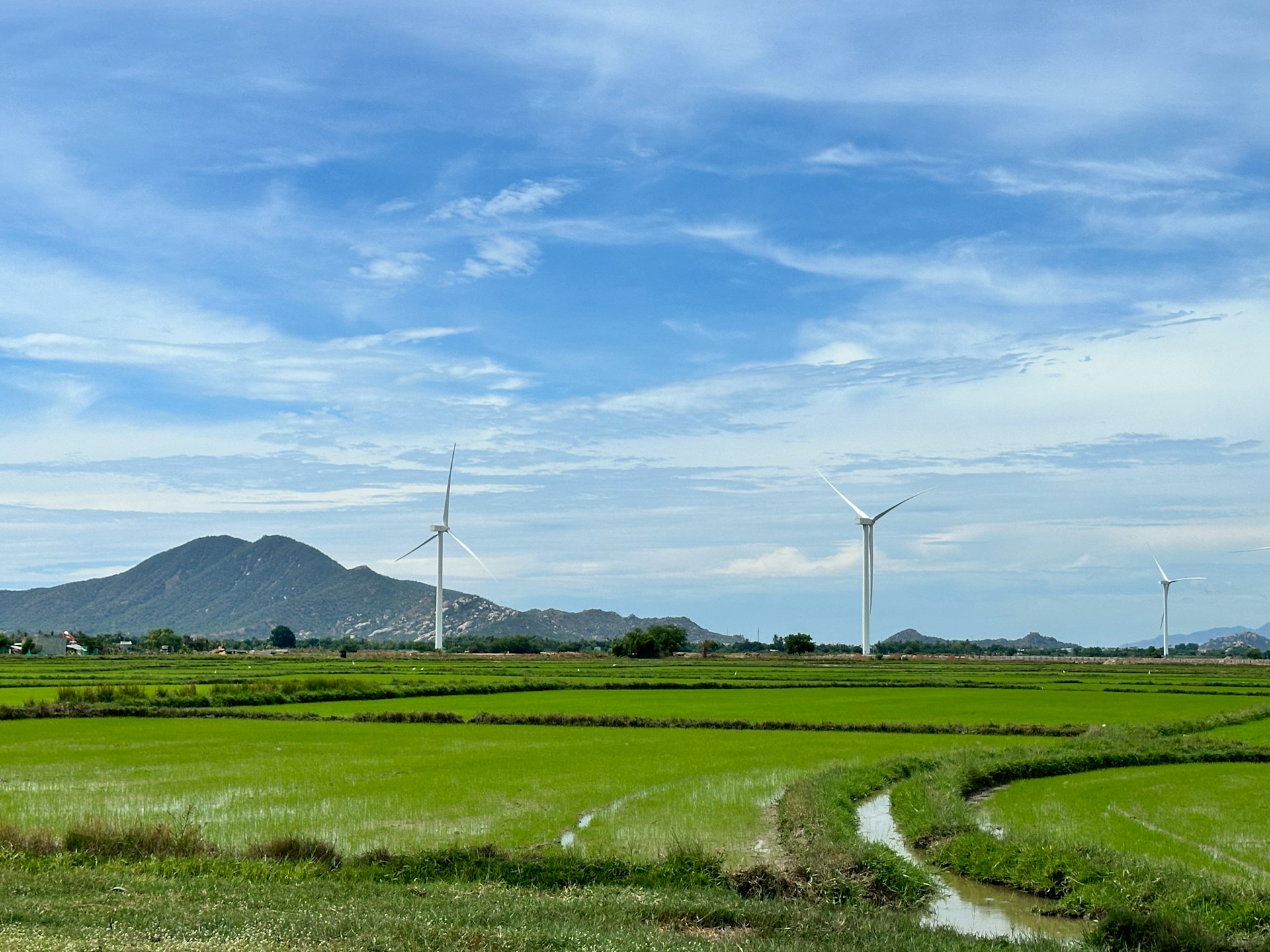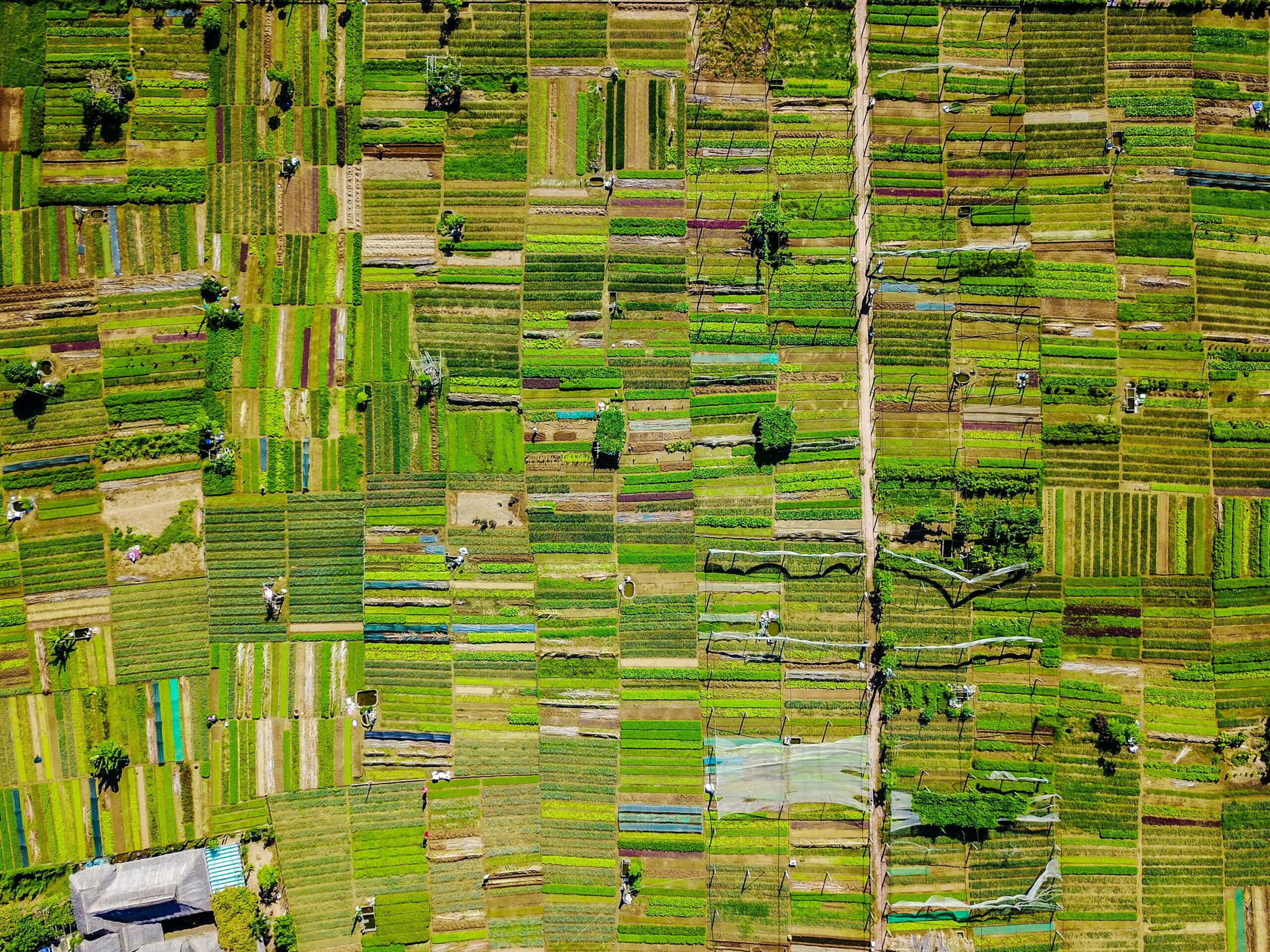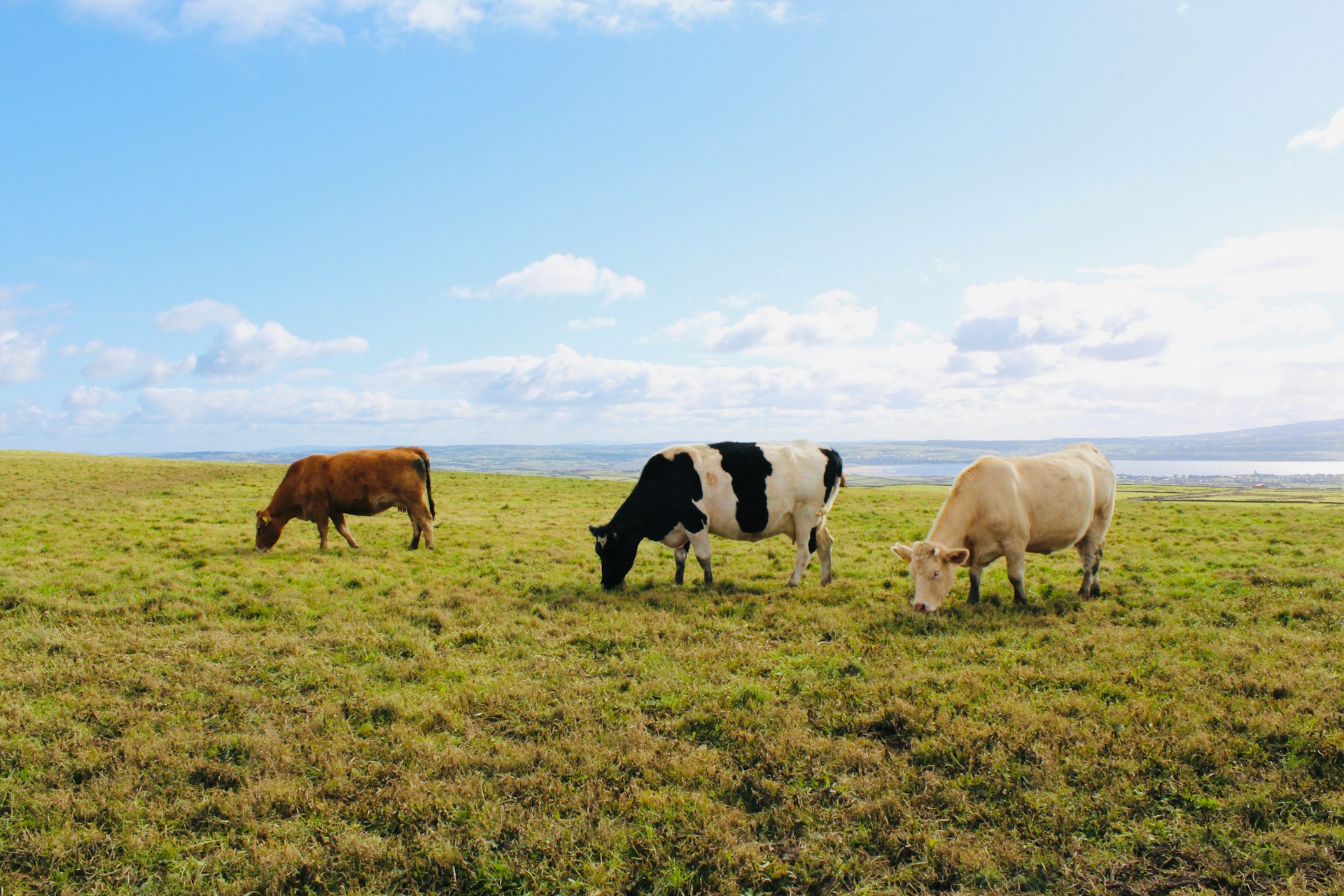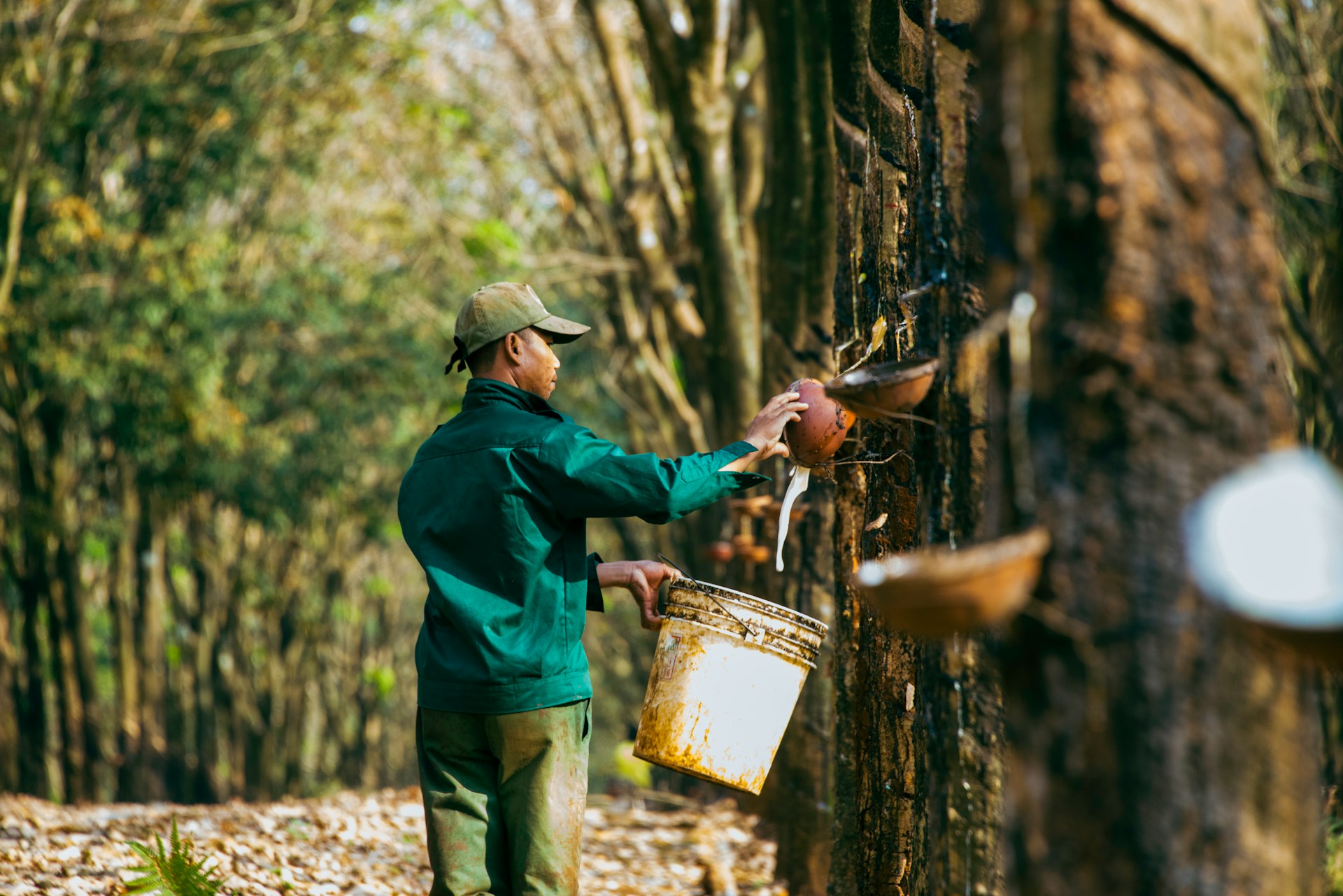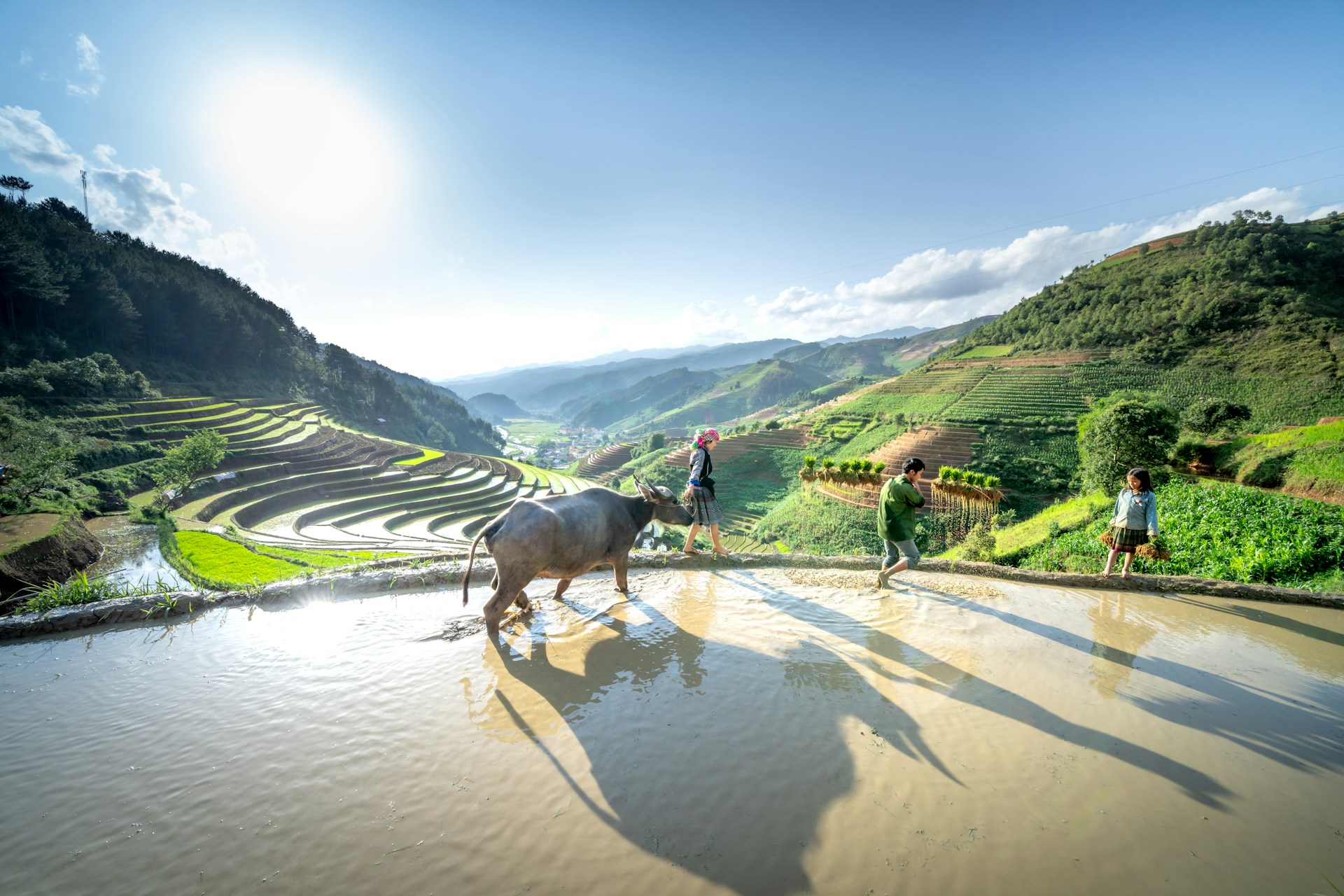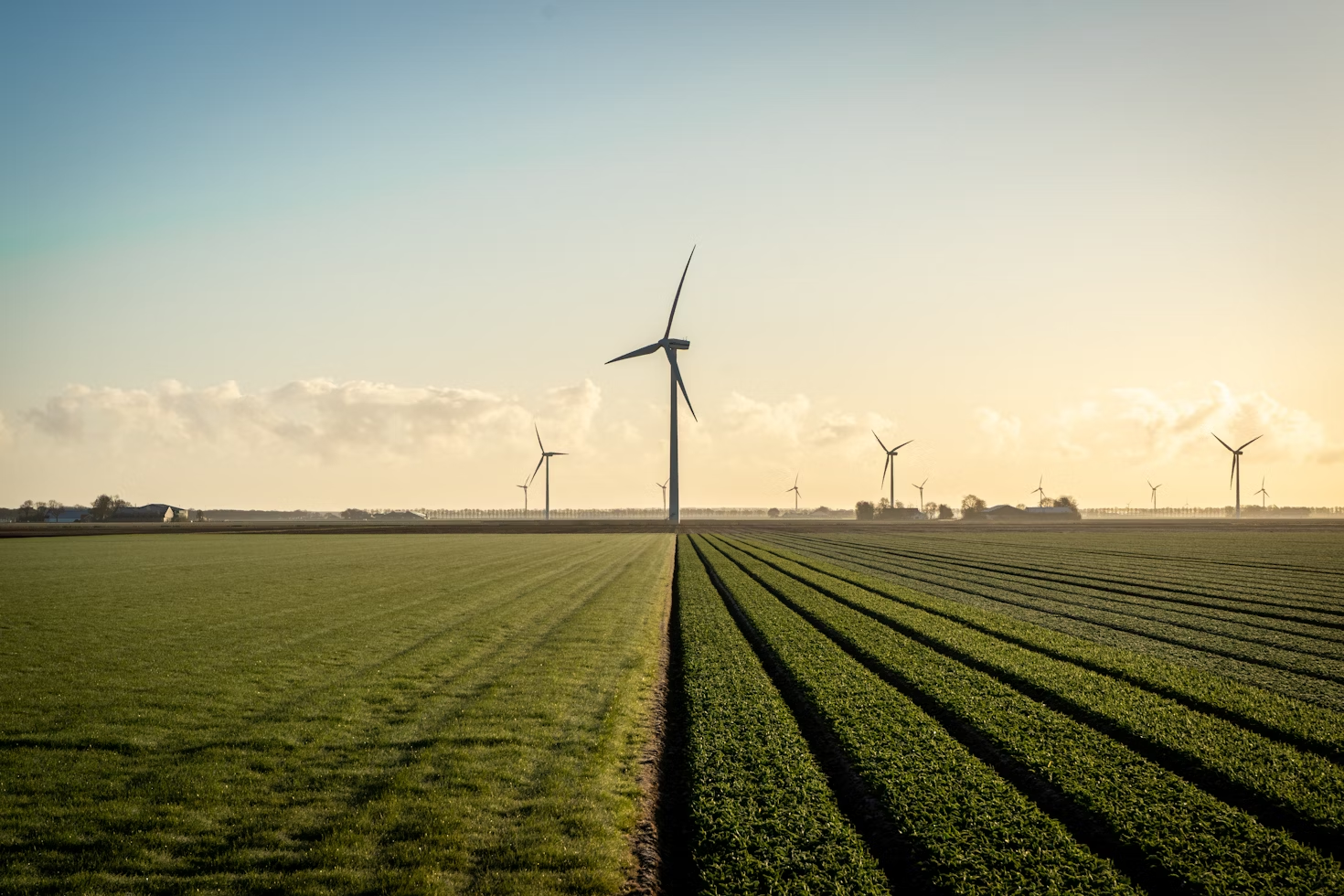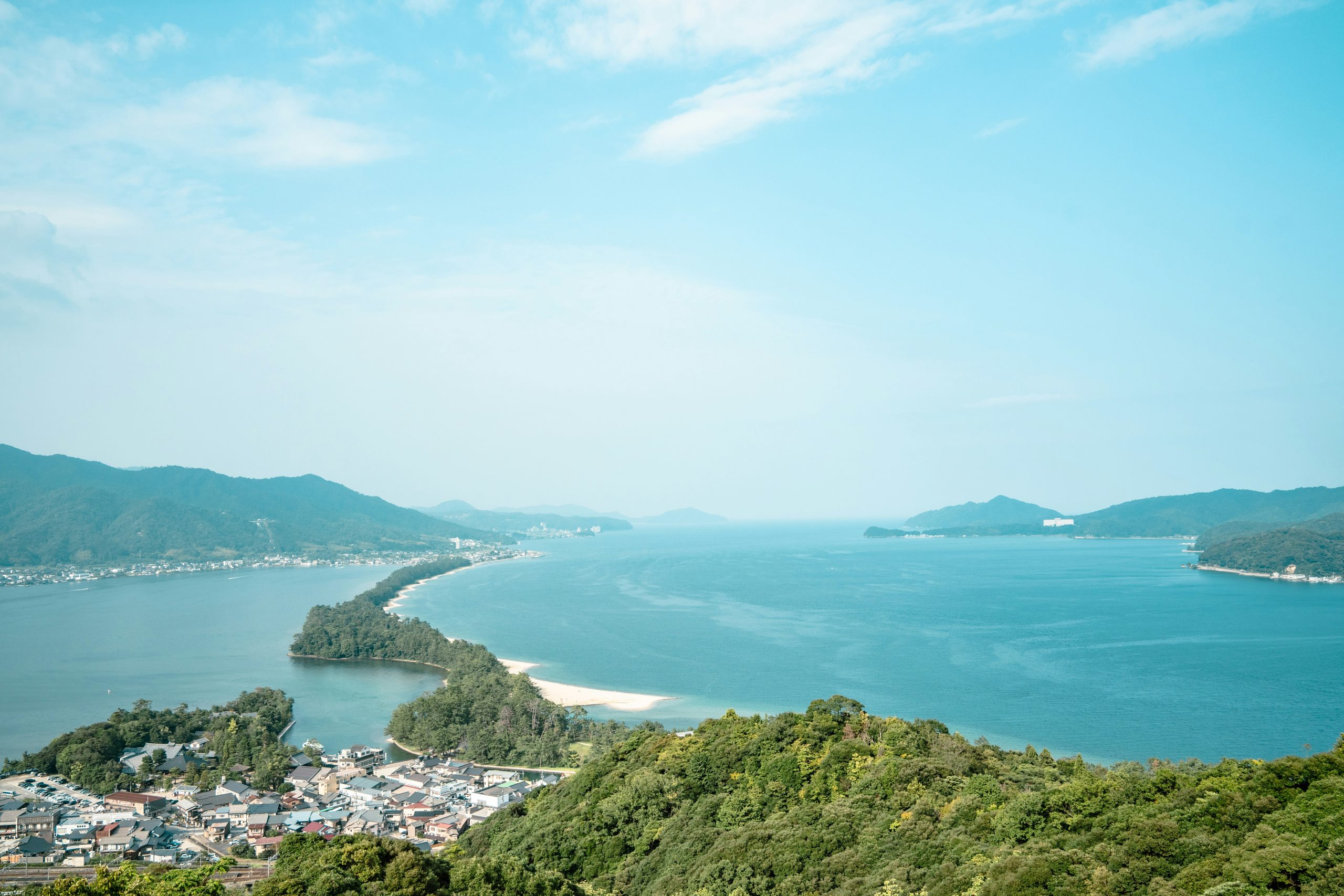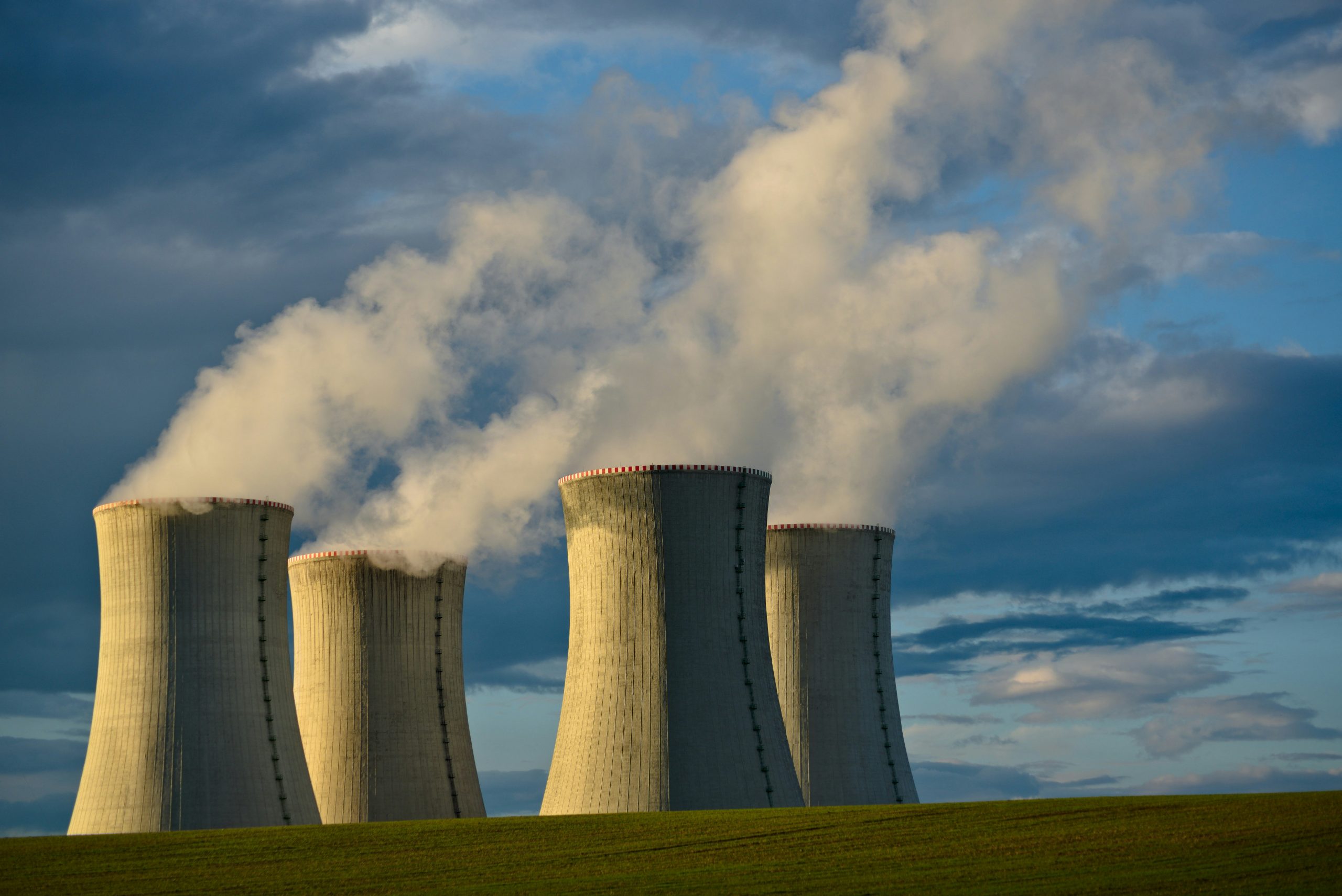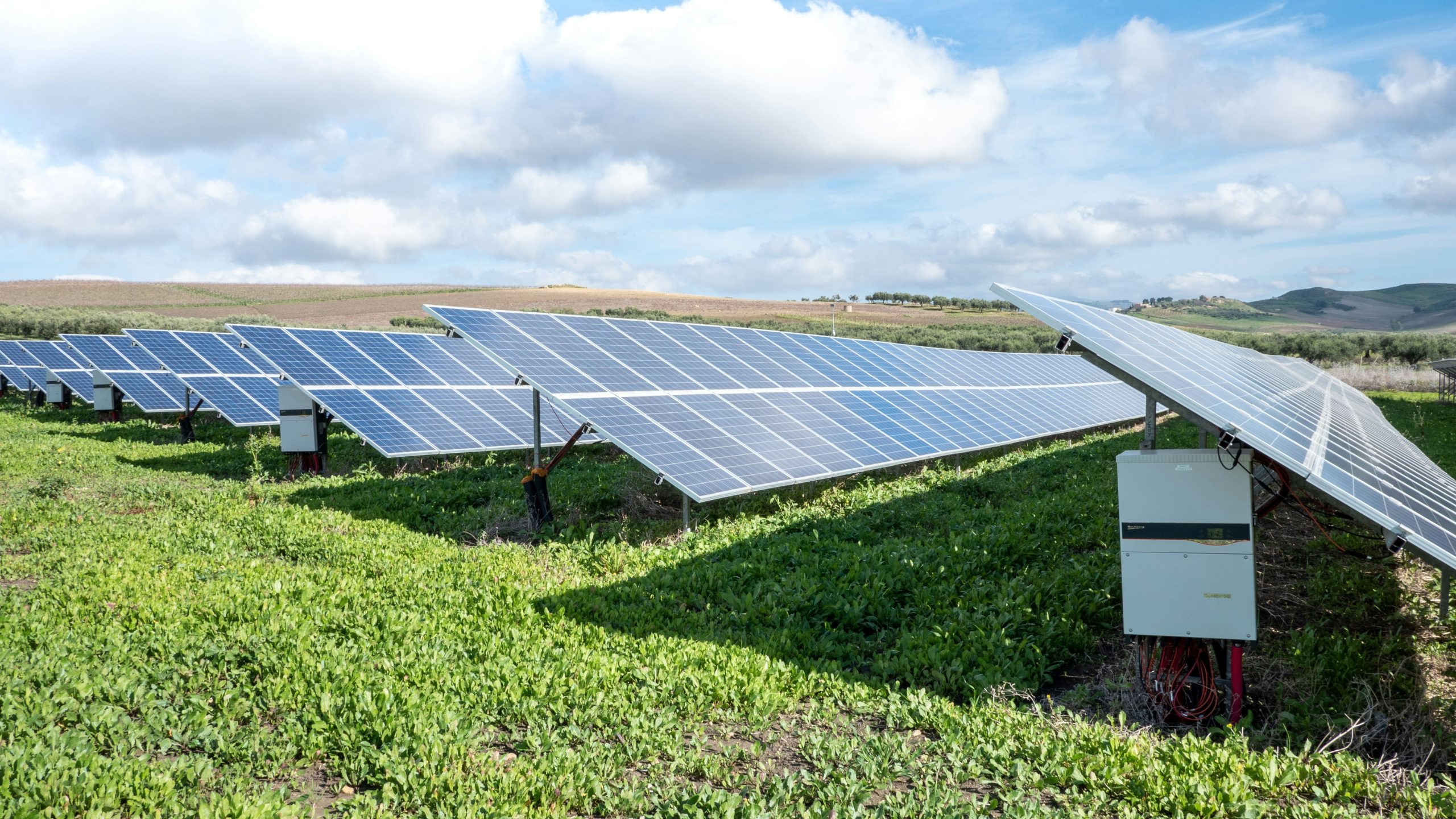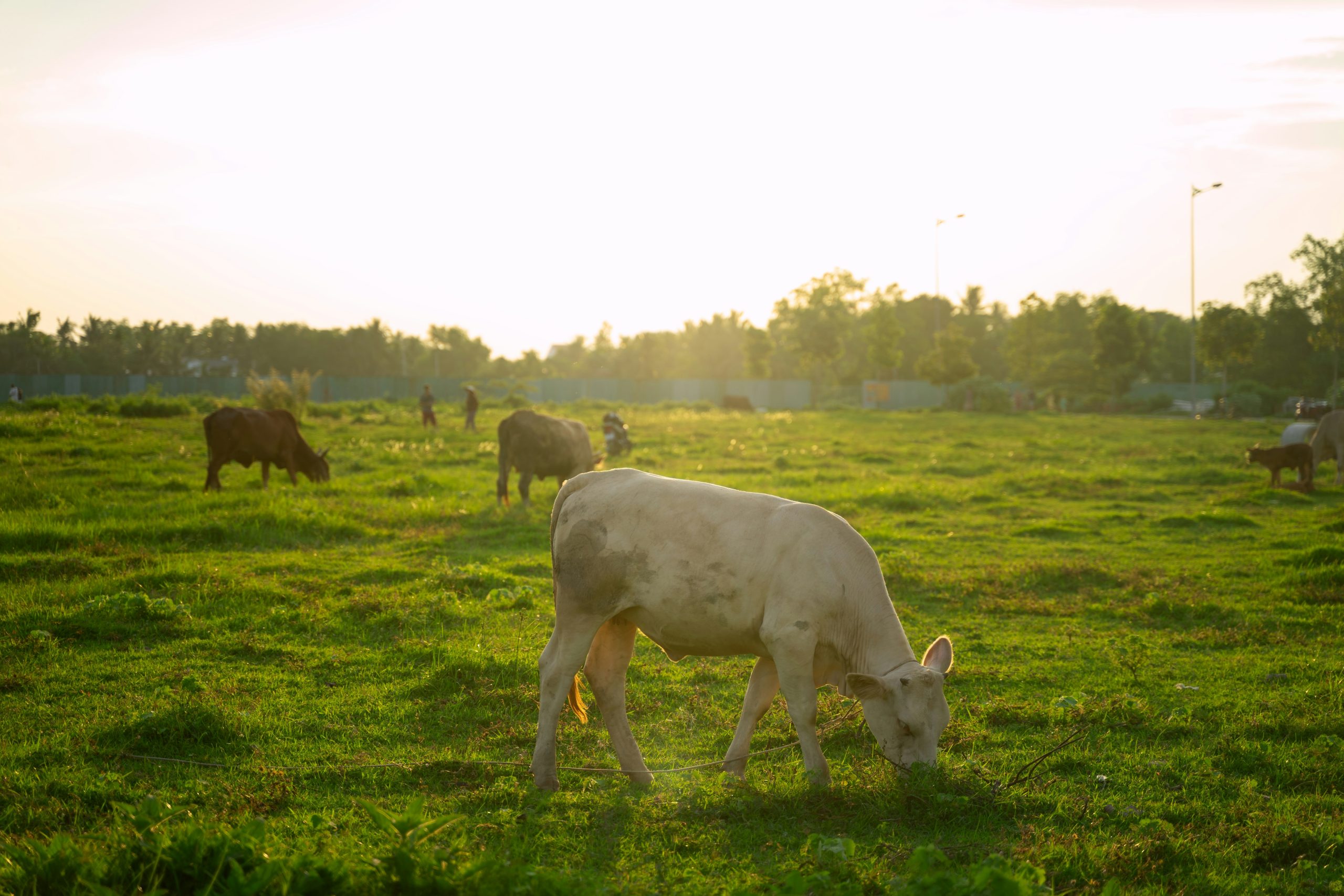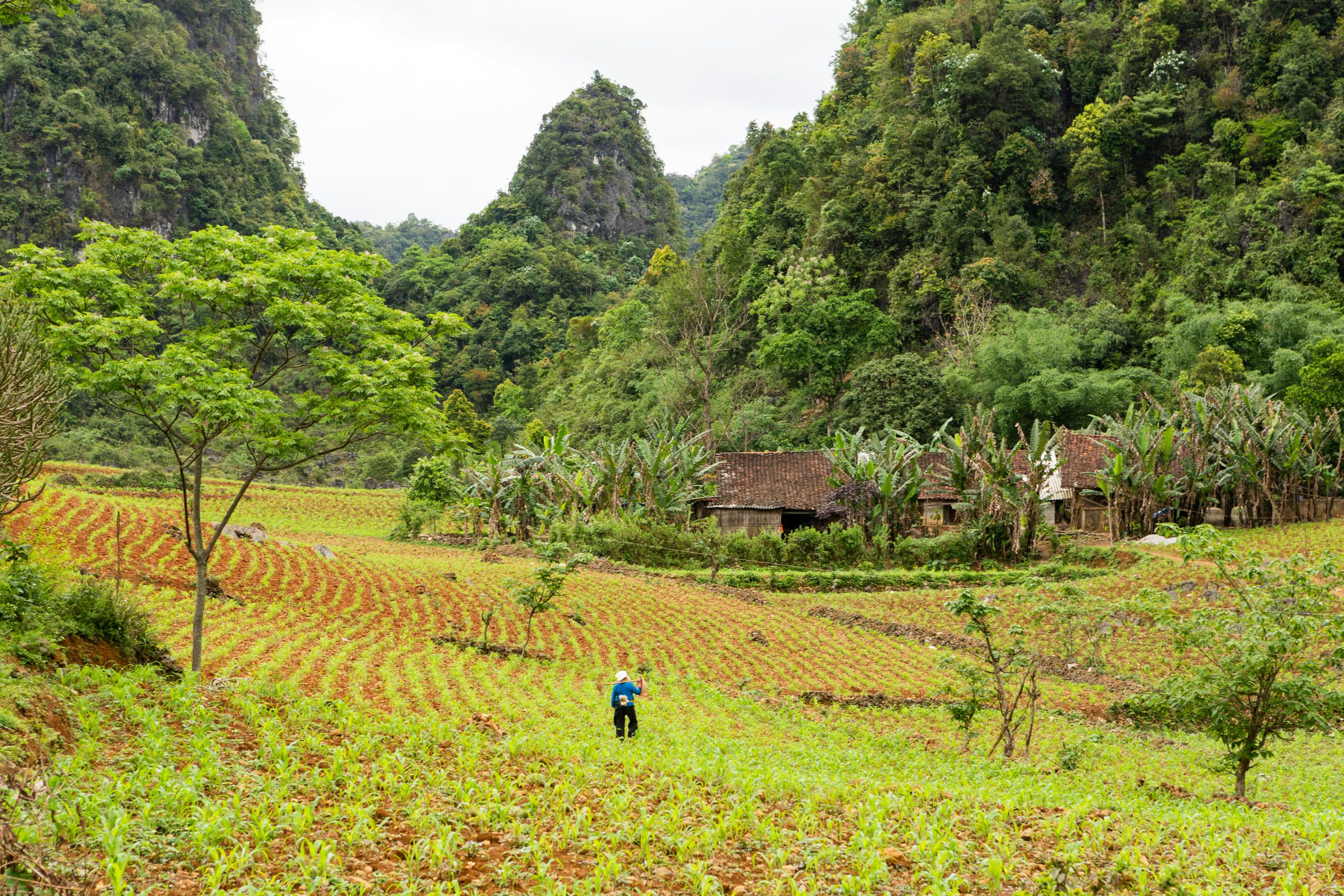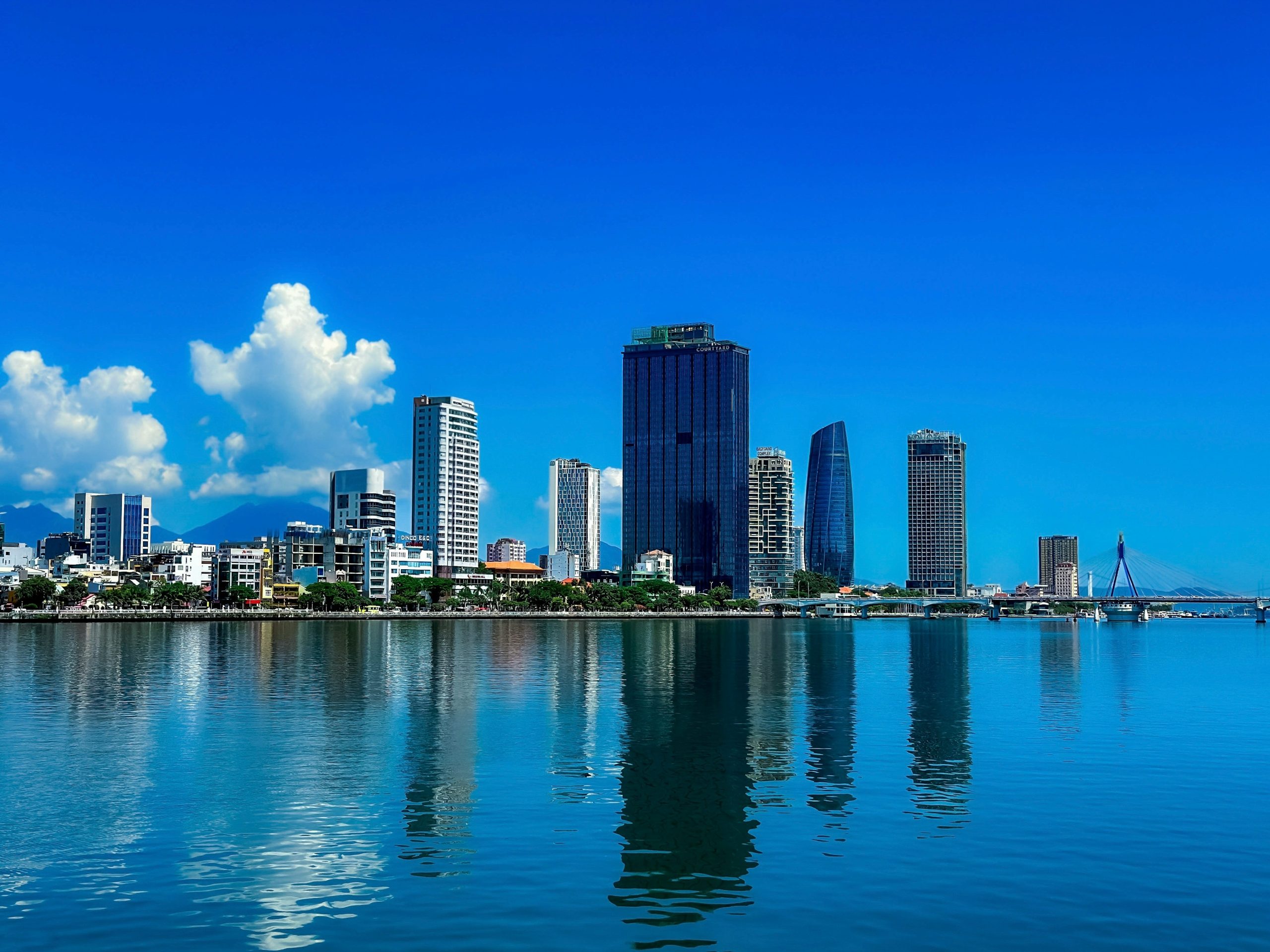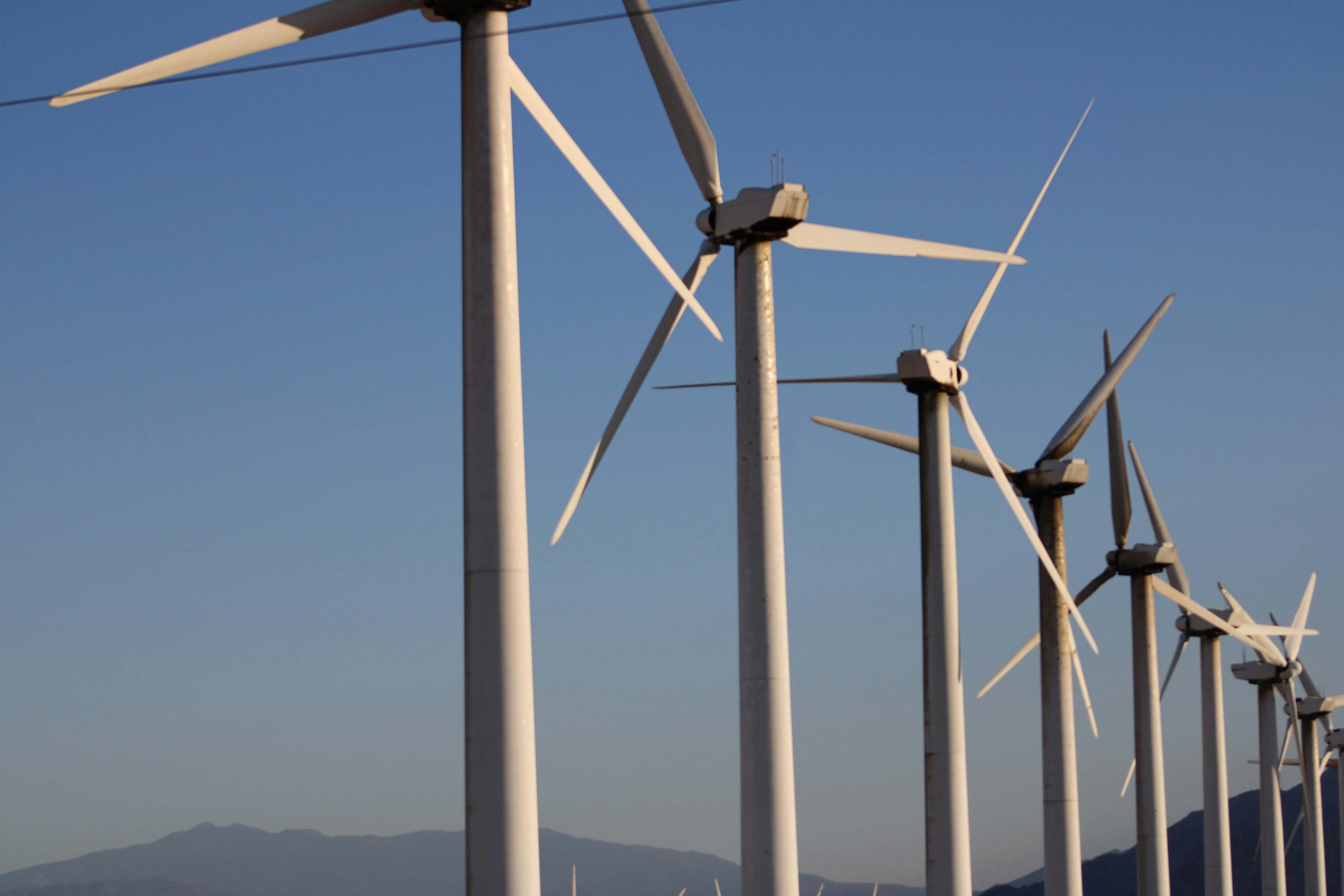
058월2025
최신 뉴스 및 보고서 / 베트남 브리핑
댓글: 댓글 없음.
베트남의 탄소 시장 잠재력: 규모와 재정 전망
베트남은 우호적인 자연 조건과 임업 및 농업과 같은 탄소 배출 산업을 바탕으로 탄소 시장을 개발할 강력한 잠재력을 보유하고 있습니다. 베트남은 약 5,700만 개의 탄소 배출권을 생산할 수 있습니다. [1] 배출권당 5달러라는 저렴한 가격으로 이는 3억 달러의 수익으로 환산됩니다. 가격이 10~20달러로 상승하면 연간 수익은 4억 달러에서 10억 달러에 달할 수 있습니다.
베트남은 이미 그 역량을 입증했습니다. 2024년 3월, 세계은행 FCPF에 5,150만 달러에 1,030만 개의 산림 탄소 배출권을 판매했습니다. [2] 2023년 말까지 300개 이상의 프로젝트가 국제 표준(CDM, VCS, Gold Standard)에 따라 등록되었으며, 150개 프로젝트가 총 4,020만 개의 배출권을 발행했습니다. 이 중 다수는 전 세계적으로 거래되었습니다. [3]
Vietnam carbon credit resource
단위: 백만 톤 CO₂
출처: 금융투자섹션 - Sài Gòn Giải Phóng Newspaper
농업 부문에서 온실가스는 상당한 배출원이지만, 연간 최대 5,700만 탄소 배출권을 창출할 잠재력도 가지고 있습니다[5]. 주요 사업으로는 벼 재배에 대체 습윤 및 건조(AWD) 기술, 유기농법, 바이오가스 시스템, 비료 최적화 등이 있습니다. 특히 세계은행이 지원하는 메콩 삼각주 지역의 1억 2천만 달러 규모의 저배출 벼 재배 프로그램은 주목할 만한 성장 동력입니다[6].
에너지 및 폐기물 관리 부문 또한 추가적인 탄소 배출권 공급원을 제공합니다. 풍력 및 태양광 프로젝트는 시장 포화로 인해 배출권 가치가 낮은 경향이 있지만, 바이오매스 발전, 매립지 메탄 회수, 폐기물 에너지화 기술을 통해 더 높은 수익을 달성할 수 있습니다. 성공 사례로는 떠이닌(Tay Ninh)의 박리에우(Bac Lieu) 풍력 발전소와 폐수 처리 프로젝트가 있습니다[7, 8].
베트남은 기존 산업의 배출량 감축 외에도 임업에서 발생하는 천연 탄소와 블루 카본으로부터 혜택을 얻고 있습니다. 임업은 잠재적인 "녹색 금광"으로 여겨집니다. 1,490만 헥타르의 산림을 보유한 이 부문은 REDD+ 사업, 재조림, 그리고 지속가능한 산림 관리를 통해 5천만~7천만 크레딧을 창출할 수 있습니다[9]. 블루 카본은 새롭게 부상하는 미개척 분야입니다. 100만 km²의 해상 영토와 맹그로브, 해초층, 습지 등 풍부한 해안 생태계를 보유한 베트남은 생물다양성 보존, 해안 보호, 지역 생계 지원과 같은 부수적 이익을 제공하는 동시에 고부가가치 크레딧을 생산할 수 있는 강력한 잠재력을 보유하고 있습니다.
탄소 배출권: 규정 준수 비용에서 전략적 자산으로
탄소 배출권은 지속 가능한 개발이라는 맥락에서 규제 준수 도구에서 전략적 자산으로 진화하고 있습니다. 베트남의 2020년 환경보호법에 따라 정의된 탄소 배출권은 이산화탄소 1톤 또는 이에 상응하는 양을 배출할 수 있는 권리를 나타내며, 정부가 배출량 한도를 설정하고 기업에 할당하는 "배출권 거래제"에 따라 거래될 수 있습니다. [10] 배출권 한도 미만을 배출하는 기업은 초과 배출하는 기업에 잉여 배출권을 판매하여 탄소 시장을 형성할 수 있습니다.
이 메커니즘은 규제 준수를 보장할 뿐만 아니라 수익 창출 기회도 제공합니다. 고배출 기업의 경우, 배출권 구매는 필수적인 비용이지만, 동시에 더 깨끗한 기술로의 전환을 촉진하는 요소이기도 합니다. 한편, 배출량을 적극적으로 감축하거나 조림이나 재생 에너지와 같은 프로젝트를 개발하는 기업은 잉여 배출권을 매각하여 안정적인 수입과 금융 자산으로 전환할 수 있습니다. 경우에 따라서는 배출권을 담보로 사용하여 녹색 금융을 활용할 수도 있습니다.
탄소 시장 참여는 재무적 가치를 넘어 브랜드 이미지와 ESG 성과를 강화하며, 이는 책임 투자 유치에 매우 중요합니다. 투자자들의 지속가능성에 대한 관심이 커짐에 따라, 탄탄한 탄소 프로필은 자본 접근성을 향상시킵니다. 베트남에서는 민간 부문이 이미 주도권을 잡고 있습니다. 예를 들어, CT 그룹은 정부 운영 거래소보다 앞서 아세안 탄소배출권 거래 플랫폼(CCTPA)을 출범시켜 저탄소 경제에 대한 전략적 선견지명과 조기 준비를 시사했습니다[11].
법적 틀의 해독 – 베트남 탄소 배출권 시장의 "게임 규칙"
세 가지 기본 법적 기둥
베트남의 탄소 배출권 시장은 정책 방향 설정부터 실행까지 포괄적인 틀을 형성하는 세 가지 핵심 법적 도구를 기반으로 구축되었습니다.
– 2020년 환경보호법 (2022년 1월 1일부터 시행): 이 법은 국내 탄소 시장이라는 개념을 최초로 공식 도입하고 탄소 배출권에 대한 법적 정의를 제시했습니다.[10] 이 법은 배출량을 관리하고 기후 변화에 대응하기 위한 경제적 수단을 활용할 수 있는 토대를 마련합니다.
– 법령 제06/2022/ND-CP호: 이 법령은 환경보호법을 시행하고 탄소 시장 개발을 위한 2단계 로드맵(2028년 이전 및 이후)을 제시합니다.[12] 또한 온실가스 인벤토리 책임, 탄소 상쇄 메커니즘 및 보고 방법을 정의합니다.
– 결정 번호 13/2024/QD-TTg: 이 결정은 의무적 온실가스 인벤토리 대상 시설 목록을 업데이트하여 대상 범위를 2,166개 시설로 확대합니다[13]. 이 목록은 향후 배출 할당량 할당의 기초가 됩니다.
법령 제119/2025/ND-CP호: 시장 활성화를 위한 획기적인 변화
2025년 6월 9일 발표되어 2025년 8월 1일부터 발효되는 법령 119/2025는 베트남 탄소 시장 공식 출범에 중요한 이정표가 될 것입니다.[14] 이 법령은 시행 가능성을 높이고 정부의 적응적 접근 방식을 반영하기 위해 법령 06의 주요 조항을 개정 및 보완합니다. 탄소 시장은 두 단계로 시행될 예정입니다.
– 파일럿 단계(2025년 8월~2028년 12월): 세부 규정 개발, 국가 탄소 등록 시스템 구축, 그리고 탄소 배출권 거래소 시범 운영에 중점을 둡니다. 이 단계에서는 국내 공급을 우선시하고 베트남의 국가별 감축목표(NDC)와의 일치성을 확보하기 위해 배출권의 국제 거래를 제한할 것입니다.
– 운영 단계(2029년부터): 시장은 배출량 할당 경매와 국제 신용 거래를 통해 본격적으로 운영될 것이며, 이를 통해 시장 경쟁력이 강화되고 글로벌 기후 자금이 유치될 것입니다.
주목할 만한 개선 사항은 할당량 초과 배출량에 대한 탄소 상쇄 허용량이 10%에서 30%로 증가한 것입니다. 이러한 조정은 기업의 유연성을 높이고 초기 단계의 시장 유동성을 강화합니다.
기업을 위한 규정 준수 로드맵
법적 기반이 마련되면 기업(특히 의무 목록에 있는 기업)은 주요 규정 준수 의무를 충족하기 위해 적극적으로 나서야 합니다.
– 온실가스 인벤토리: 결정 13/2024에 따라 지정된 2,166개 시설은 2024년 배출량 인벤토리를 작성하고 2025년 3월 31일까지 보고서를 제출해야 합니다. 보고서는 2년마다 계속 제출됩니다.
– MRV 시스템(측정 – 보고 – 검증): 기업은 TCVN ISO 14064-1:2011과 같은 국가 기술 지침 및 표준에 맞춰 신뢰할 수 있는 MRV 시스템을 구축해야 합니다. 온실가스 인벤토리는 당국에 제출하기 전에 인증된 제3자 검증을 받아야 합니다.
베트남 탄소 배출권 시장의 주요 이정표(2024~2030년)
| 타임라인 | 주요 활동 | 법적 근거 | 영향을 받는 이해 관계자 |
| 2024 | 첫 번째 GHG 인벤토리 | 결정 13/2024/QD-TTg | 2,166개의 규제 시설 |
| 2025년 3월 31일까지 | 2024년 온실가스 인벤토리 제출 마감일 | 법령 06/2022/ND-CP | 2,166개의 규제 시설 |
| 2025년 8월 1일 | 법령 119/2025가 발효됩니다. | 법령 119/2025/ND-CP | 모든 탄소 시장 이해 관계자 |
| 2025년 말 | 탄소배출권 거래소 시범 운영 시작 | 국가 탄소 시장 계획 | 기업, 투자자, 기관 |
| 2025년–2028년 | 전국 시범 단계(국제 거래 없음) | 법령 119/2025/ND-CP | 국내 배우들 |
| 2029년부터 | 전체 운영, 할당량 경매, 글로벌 연결 | 환경법령 119/2025호 | 전체 경제, 국제 투자자 |
전망: 탄소 중립 리더십을 위한 역사적 기회
베트남은 중요한 시점에 서 있습니다. 빠르게 발전하는 법적 체계, 풍부하고 다양한 천연자원, 그리고 강력한 국제적 지원을 바탕으로 베트남은 투명하고 역동적이며 효율적인 탄소 시장을 구축할 수 있는 유리한 위치에 있습니다. 효과적으로 이행된다면 베트남은 2050년 탄소 중립 목표를 달성할 뿐만 아니라 고품질 탄소 배출권의 지역 허브로 부상할 수 있습니다. 이를 통해 베트남은 기후 문제를 녹색 성장과 장기적인 번영을 위한 새로운 동력으로 전환할 수 있는 위치에 서게 됩니다.
[1] Vietnamnet, 베트남의 5700만개의 산림탄소배출권 가격은 얼마인가?입장>
[2] 세계은행, 베트남 산림보호 통해 배출량 감축에 1조4천5백15억원 세계은행 지원금 수령입장>
[3] 기후변화부, 탄소배출권 판매 시 주의하세요입장>
[4] Sài Gòn Giải Phóng 신문, 상품 및 거래 당사자가 탄소 배출권 시장에 진출할 준비가 되었습니다.입장>
[5] 베트남 포장재 재활용 기구, 탄소 크레딧 판매: 농업 부문의 막대한 잠재력입장>
[6] VnEconomy, 100만ha 규모의 고품질 쌀 생산 사업은 세계은행으로부터 $1억2천만원의 지원을 받게 됩니다.입장>
[7] Báo Kinh tế дô thị, Bac Lieu Wind Power는 탄소 배출권 판매로 180만 유로를 벌었습니다.입장>
[8] 탄소시장뉴스, 베트남 10개 프로젝트, 국제시장에 탄소배출권 성공적으로 판매입장>
[9] 탄소배출권 거래소 설립 추진, Nhan Dan입장>
[10] 베트남 국회, 2020년 환경보호법입장>
[11] ASEAN Carbon Credit, 베트남 최초 탄소배출권 거래소 개설입장>
[12] 정부령 제06/2022/NĐ-CP호, 온실가스 배출 감축 및 오존층 보호에 관한 규정입장>
[13] 총리의 결정 제13/2024/QĐ-TTg: 온실 가스 인벤토리를 수행해야 하는 부문 및 시설의 업데이트된 목록 발행입장>
[14] 정부의 법령 제119/2025/NĐ-CP호: 온실가스 배출 감축 및 오존층 보호에 관한 2022년 1월 7일자 법령 제06/2022/NĐ-CP호의 여러 조항을 개정 및 보완함입장>
* 본 기사의 내용을 인용하고자 하시는 경우, 저작권을 존중하여 출처와 원 기사의 링크를 함께 명시해 주시기 바랍니다.
| 비앤컴퍼니
2008년부터 베트남에서 시장 조사를 전문으로 하는 최초의 일본 기업입니다. 업계 보고서, 업계 인터뷰, 소비자 설문 조사, 비즈니스 매칭을 포함한 광범위한 서비스를 제공합니다. 또한, 최근 베트남에서 900,000개 이상의 기업에 대한 데이터베이스를 개발하여 파트너를 검색하고 시장을 분석하는 데 사용할 수 있습니다. 문의사항이 있으시면 언제든지 문의해주세요. info@b-company.jp + (84) 28 3910 3913 |
